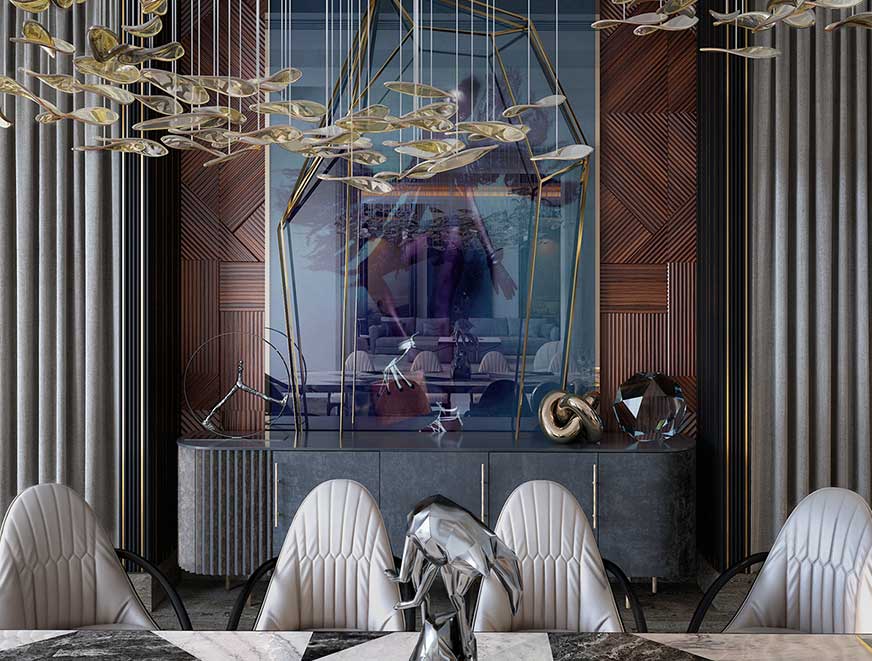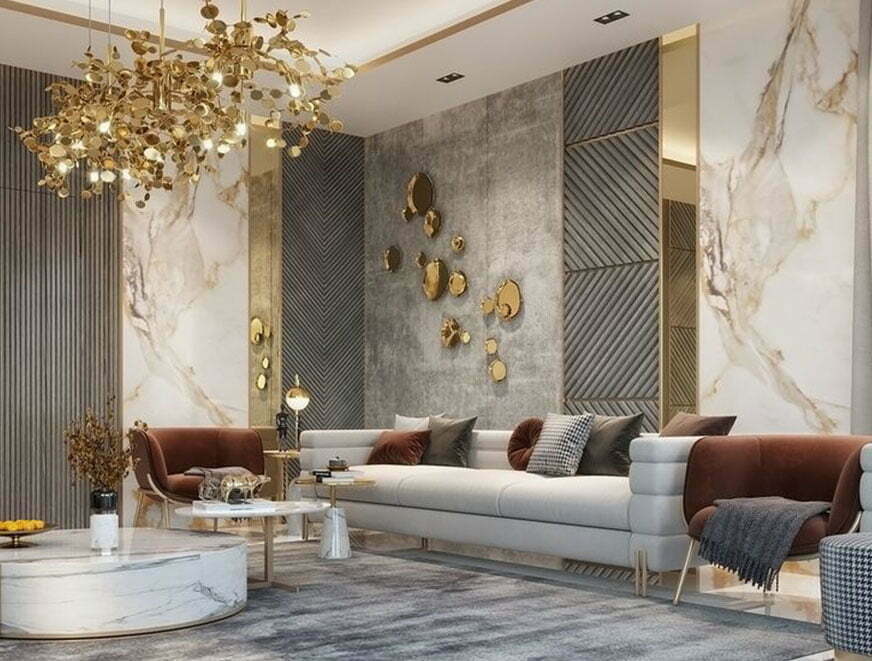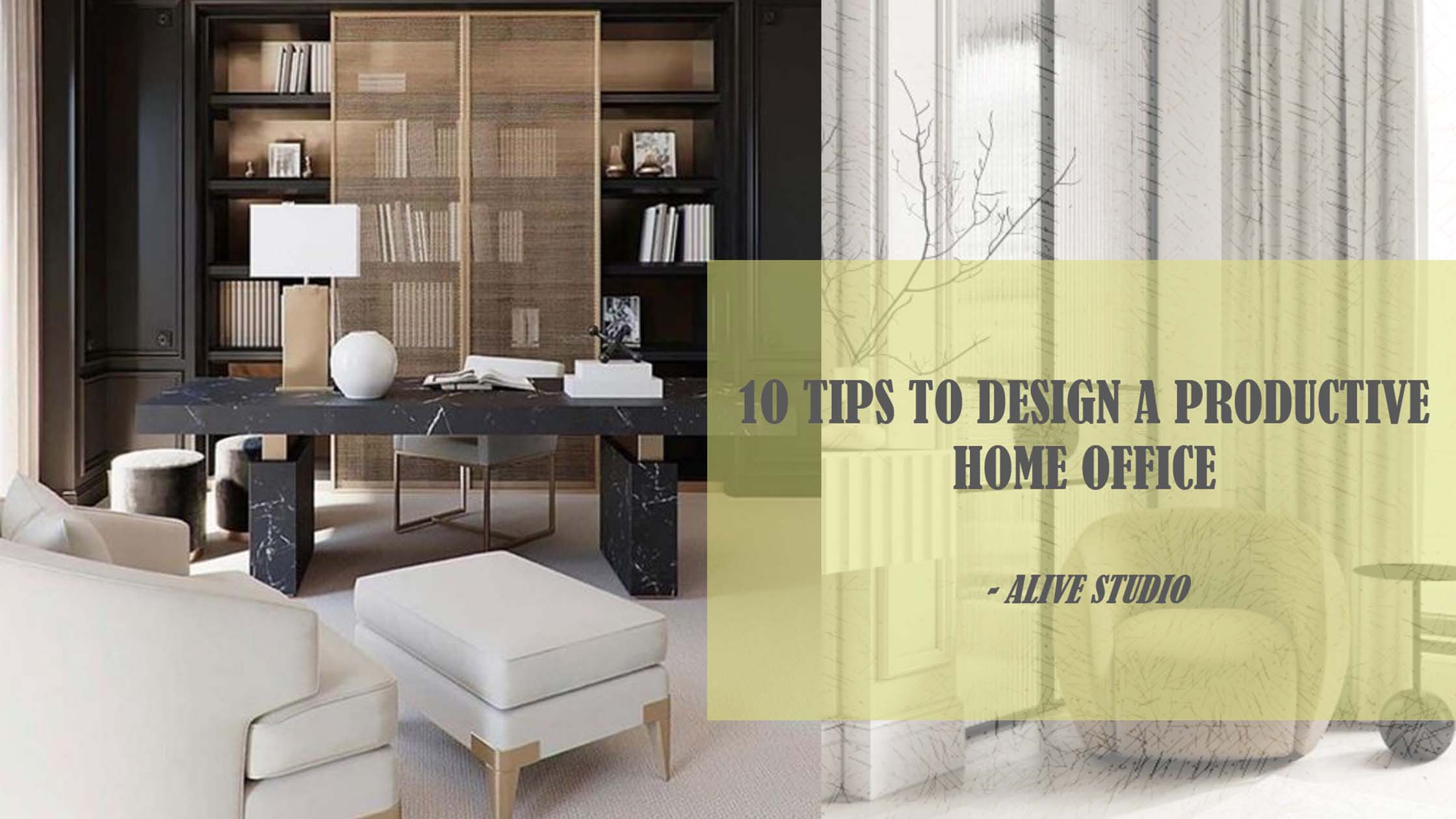
Interior design is the art and science of making a building’s interior happier and more visually appealing to those who use it. A professional interior architect designer plans, researches, coordinates, and manages such improvements. Conceptual development, space planning, site inspections, programming, research, communicating with project stakeholders, construction management, and design execution are all part of the interior design process.
Commercial Vs Interiors
Designers may specialize in a particular industry, such as corporate, medical, retail, or government settings. They focus on catering to a brand or company, as well as the many people who will use the space, rather than creating something for a single person or family. Residential interior designers create home spaces, whether they are flats, residences, luxury furniture, cabins, or waterfront mansions .They focus on creating homes that are both functional and attractive to their customers and have spectacular interior architecture.
The term turnkey interior refers to something that is ready to use right away, and is most commonly used in the sale or supply of goods or services. When a contractor constructs a “turnkey home,” he or she frames the structure and finishes the interior, including the cabinets and carpet and one such company is Alive Studio .The mission of turnkey interiors in Gurgaon and Delhi NCR is to create luxurious furniture and spacious homes full of style and beauty . Every house is more than just a project for them. They give it all in creating the finest homes for their clients .
7 Features that make it stand out
The following are seven characteristics of modern interior design style.
1. Lighting

Light, whether natural or artificial, sets the tone for the space. Lighting isn’t an issue during the day, especially in homes with large, open windows. Because natural sunlight is the most comfortable for the human body, skylights and bow windows allow for plenty of light to enter the house during the day.
Things are a little different at night, though. The use of incandescent light bulbs is becoming increasingly out-of-date. It would be a shame not to use LED technology now that it is so affordable. There are RGB options as well for a wider range of colours. The available lighting also influences the best colour choices for the space by determining how bright it will be at any given time.
2. Colours Interior Design

Colour is more than just a matter of taste; it can also have an impact on the mood and atmosphere of a room. Red, for example, is often associated with words like “passionate” or “intense,” while blues and greens are often associated with words like “tranquil” or “soothing,” and yellow is frequently associated with words like “happy” and “optimistic.”
When choosing a colour scheme for your room, consider not only your aesthetic preferences but also the type of energy or attitude you want to convey.
3. Form

The contours of any artwork, luxury furniture, or other three-dimensional object are described by “form”, which is simply another word for “shape”. Geometric or natural forms are the most common types of forms.
4. Pattern Selection
Any repetitive decorative element is defined as a pattern. Patterns are commonly found on wallpaper or fabrics, but they can also be found in the use of light and other design elements throughout the home. While patterns can give a room for life and movement, too many clashing patterns can become chaotic, so pick your favourite prints carefully.
5. Line

Lines add structure, creativity, and a sense of direction to a design. Lines can be “vertical” (up-and-down), “horizontal” (side-to-side), or “dynamic” (moving from one point to another) (lines that express motion, like zig-zags or curlicues). According to design experts, horizontal lines evoke a sense of security, whereas vertical lines are expressive and bold. Dynamic lines, which have their own set of rules, can add a fun and exciting touch to any room when used smartly.
6. Plan Layout Around Your Space
Every design decision revolves around space. Space is the foundation of any interior, and knowing how to use it ensures that you get the most out of what you have . We have the luxury of working in three dimensions in interior design (length, width and height). Depending on what you want to achieve in terms of functionality and design, you can fill or leave this three-dimensional space empty.
7. Texture

The tactile surface of an object or finish is referred to as texture. It’s an element that’s often overlooked, but it has the power to add a new dimension to the space. An interior designer mixes textures within a space in the same way that they mix colour and pattern to create a subtle sense of depth. Consider the words “glossy,” “coarse,” and “smooth.” Texture can add interest and detail to anything, from furniture to accessories to fabric, making it more visually appealing. In essence, it gives the impression of being in a room.




